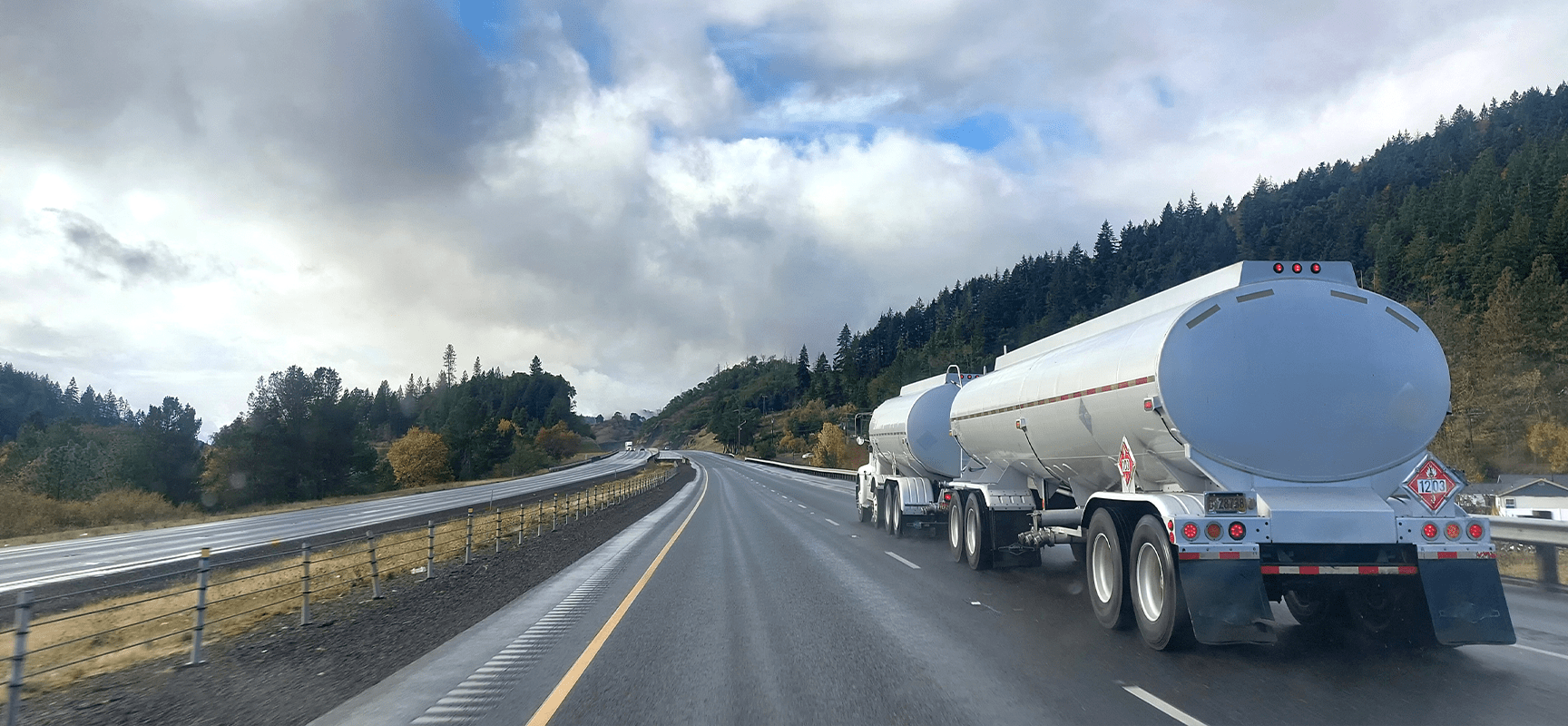
Hazardous Materials Incident Reporting and Repair Requirements
Transporting hazardous materials in bulk packages or cargo tanks presents unique safety and regulatory challenges. Motor carriers and their personnel must be fully aware of federal requirements for incident reporting and vehicle repair, especially following accidents involving HM cargo tanks. This summary outlines key responsibilities, regulatory obligations, and best practices to ensure compliance and operational integrity.
Immediate Actions Following an HM Incident
In any hazardous materials incident, safety comes first. The driver’s immediate priority should be to protect themselves and the public.
- Call 911 immediately. Safety should be the driver’s top priority.
- If physically able, secure the scene until outside resources arrive.
- Provide first responders with shipping papers and details on the type and quantity of hazardous materials.
- Contact company safety personnel and have them come to the scene if possible.
- Gather case numbers and information about any victims from emergency personnel.
Drivers should be trained in advance on these procedures. Quick, informed action protects lives and simplifies the investigation and reporting process.
Need help reviewing your hazardous materials compliance program? Our safety specialists can help you evaluate reporting procedures, documentation, and inspection practices.
Responsibilities of Company Safety Personnel
Once the immediate hazard is controlled, the company’s safety personnel take the lead in managing compliance and recovery. Their role is to coordinate, document, and verify that all federal requirements are met. Key responsibilities include:• Coordinate clean-up efforts with qualified contractors.
- Arrange for product offloading and tow services as needed.
- Ensure post-accident controlled substance and alcohol testing is completed when required.
Thorough documentation at this stage supports accurate reporting and compliance reviews later.
Regulatory Reporting Requirements
Federal hazardous materials regulations outline specific timelines for reporting certain incidents. Missing a deadline can result in penalties or affect a carrier’s compliance record.
- Notify your insurance carrier promptly.
- Submit initial notification within 12 hours if required under 49 CFR Part 171.15.
- Submit detailed report within 30 days if required under 49 CFR Part 171.16.
- Log the incident in the company’s accident register if it meets the definition of a federally recordable motor vehicle accident per 49 CFR Part 390.5.
Carriers must retain all records generated in response to the incident, including driver statements, cleanup reports, and insurance documentation. While you’re not required to collect state or insurer reports, your internal file should clearly show due diligence and compliance with reporting obligations.
Documentation and Repair Requirements
If a cargo tank is to be repaired and returned to service, it must be inspected and repaired in accordance with 49 CFR Part 180.407. Ensure all applicable circumstances listed in the regulation are addressed before the tank is put back into service.
Proactive compliance tips:
- Train drivers on safety, documentation, and communication protocols.
- Create a response kit that includes shipping papers, emergency contacts, and reporting forms.
- Audit incident handling procedures regularly to ensure alignment with federal regulations.
Stay Ahead of Compliance Challenges
Compliance with hazardous materials incident reporting and repair requirements is critical for safety, regulatory adherence, and risk management. By following these guidelines and maintaining robust documentation and training practices, motor carriers can effectively navigate the complexities of HM transportation and safeguard their operations.
Contact AssuredPartners for guidance on building or reviewing your hazardous materials compliance program.
Disclaimer:
The information contained herein is offered as insurance industry guidance and provided as an overview of current market risks and available coverages and is intended for discussion purposes only. This publication is not intended to offer financial, tax, legal or client-specific insurance or risk management advice. General insurance descriptions contained herein do not include complete insurance policy definitions, terms, and/or conditions, and should not be relied on for coverage interpretation. Actual insurance policies must always be consulted for full coverage details and analysis.
Looking for more insights? Contact our team today.
Related articles

As the year comes to a close, business leaders are often focused on budgets, performance metrics, and new initiatives. Yet this season is also one of the most important checkpoints for risk...

The Occupational Safety and Health Administration (OSHA) sets the standards for ensuring safe and healthful working conditions across the United States. But when an OSHA citation lands on your desk,...

From ransomware attacks to data breaches, organizations face increasing risks that can lead to significant financial and reputational damage. Cyber insurance has emerged as a critical tool to...